
Every greeting is a challenge to parents of ASD children. While children may have perfect vision, they simply will not look at the person they are greeting. Without any reminder, they usually look around or look only for a split second.
There are several ways parents tend to use to encourage eye contact, such as blocking his view, constantly saying “Look at me, look into my eyes, where are my eyes”, pointing to eyes with the children’s finger. These approaches are generally not very effective.
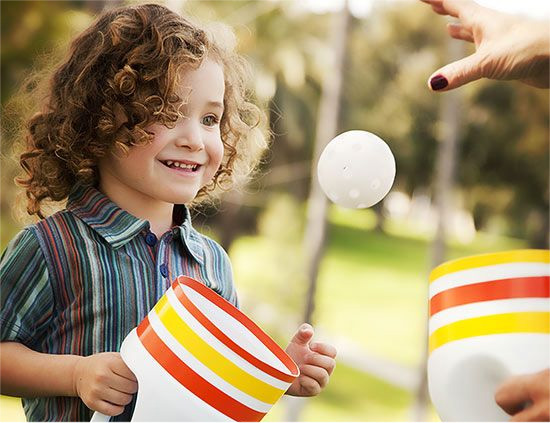
Adults sustain eye contact out of courtesy, as well as to send out information. We want to know whether we are sharing the same feeling, if people are paying attention to us, or the same things as we are. Children with ASD have difficulties comprehending non- verbal communications, and take no notice of the thoughts and feelings of others. Objects that they are interested in, like posters on the wall or spinning fans etc., easily distract children. Children will be less motivated to look at you when there is so much distraction around them. In time, the child would equate eye contact with boredom.
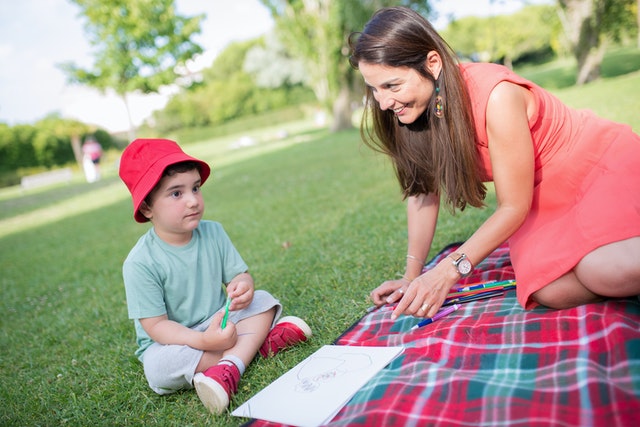
We must teach children the purpose of eye contact to effectively improve their behavior. We should provide reinforcement when a child initiates eye contact to increase the frequency of desirable behavior. We could also try teaching through play to minimize avoidance behavior. It is essential to remove distractors in the beginning phases to promote attention.
While playing his favorite game (e.g. tickle, sing songs, etc.), pause when he is expecting you to continue. Verbally praise him (e.g. you’re looking at me! Let’s play!), and resume the game as a reinforcement when he initiates eye contact.
Each segment should consist of at least 4 trials.
Tip:In the beginning stages, be at eye level with the child to promote success. Return to a natural height and gradually adjust our demand once he gets a grasp of it.
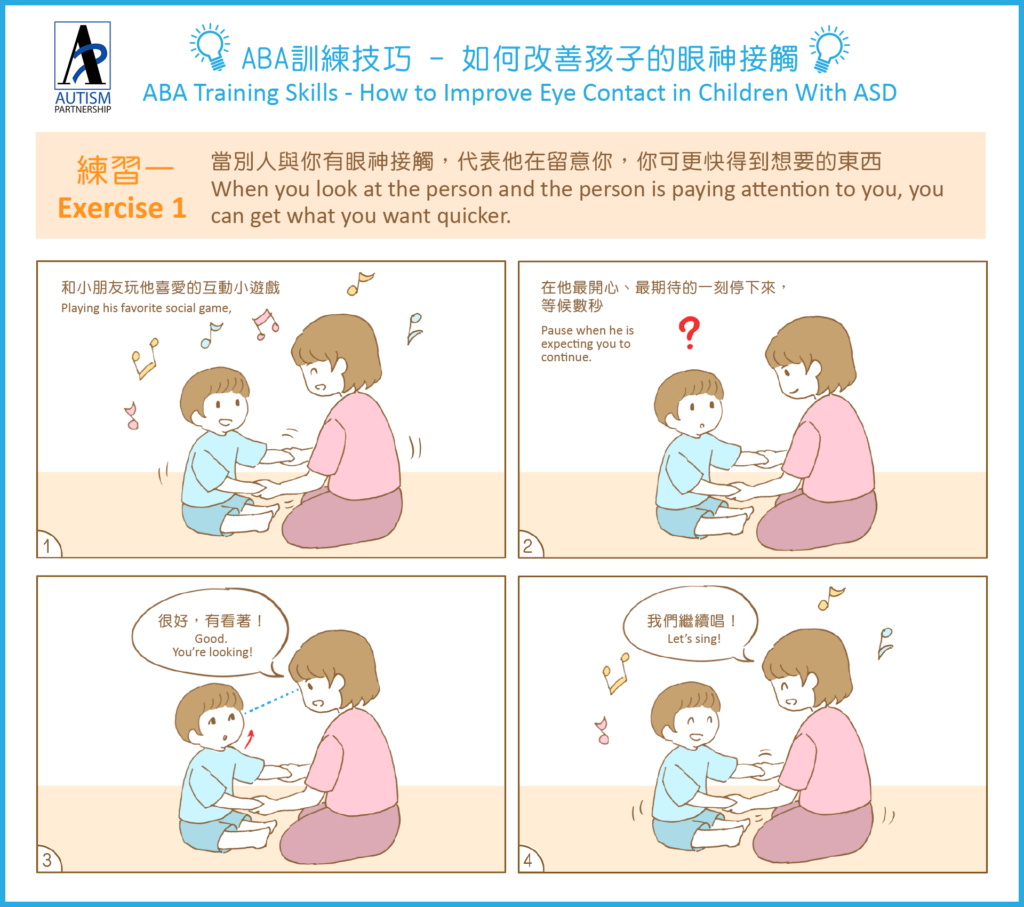
Hold your child’s favorite snack or toy, with your back facing them. Turn around to face him once he taps on your shoulder or verbally request for it. If the child is looking at you, verbally praise him and reinforce the behavior with the desired snack/ toy. Let your child understand that good behavior (i.e. looking) will lead to positive consequences. If he fails to look within 3 seconds, indicate that he missed out on the reinforcement by returning to your original position.
Tip:In beginning stages, be at eye level with the child to promote success, and return to a natural height once he gets a grasp of it. Adjust the speed we turn to face him to lengthen the duration he has to sustain his eye contact.
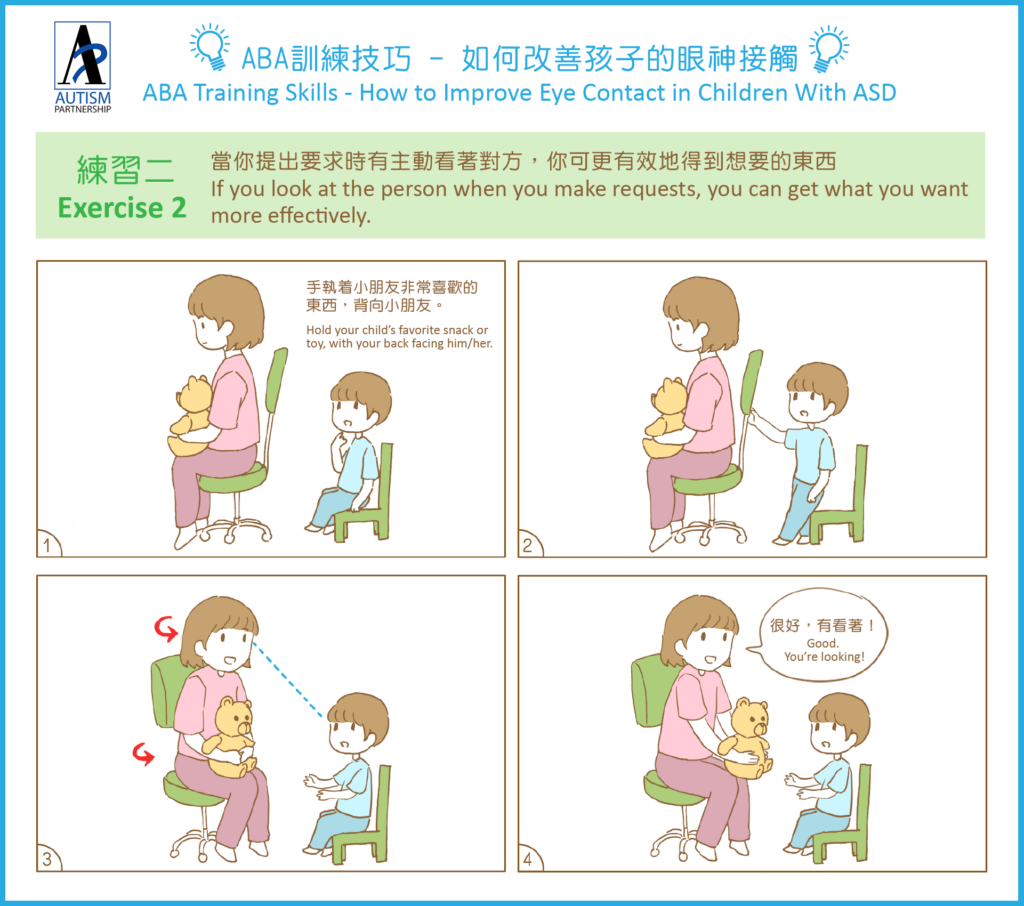
Exercise 3: Teach the child that “You can obtain information when you are following people’s gaze”
Line 5 or more small cups in a row, at least 10cm apart, and turn them over. Place your child’s favorite snack in one of them. Tell him “your snack is here”, gaze at the designated cup and instruct your child to flip it over. If the child gets it right on his first attempt, it means that he is paying attention to your gaze and can consume the snack right away. If he fails, remove the snack, indicating that he missed out on it, and try again.
Tip:In beginning phases, gaze at the cup for a longer period. When the child is getting fluent with the practice, increase difficulty by glancing at the target and reduce verbal instructions, so the child can be accustomed to follow people’s gaze on their own.

Autism Partnership (AP) is one of the most established Applied Behavior Analysis (ABA) service providers for Autism Spectrum Disorders (ASD) in the world. Formed in 1994 in the United States, AP is run by professional clinicians and specializes in providing one-on-one therapy, group interventions and overseas consultation for children with ASD and their families.

Every little life is a special present for a family. From the time a baby is born, parents journey through lots of highs and lows, wishing for their child to grow up with a big smile, make great friends, find their own way in a job they love, and create a happy family. However, for […]
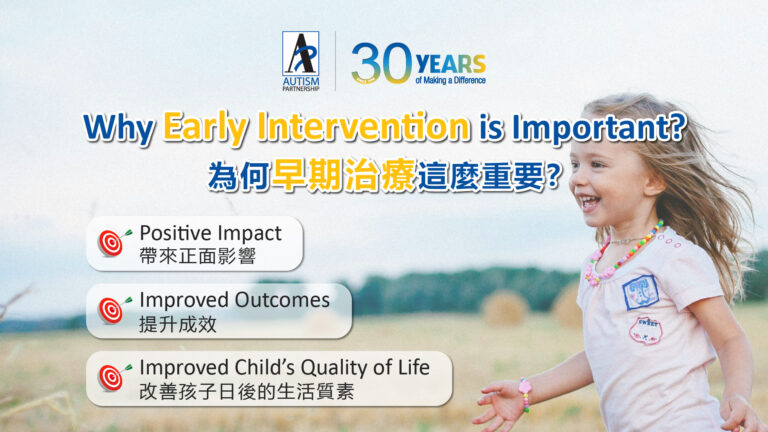
Autism Spectrum disorder can be diagnosed as early as 18 months. Research shows strong evidence on how effective Applied Behavior Analysis (ABA) can help children with Autism. It helps to deal with children’s challenging behaviors such as inattention, aggression, self-stimulation, etc. Howard, et al (2005) conducted a study to compare the effectiveness of 3 treatment […]

In today’s society where information flows freely, parents can easily receive different messages. However, these messages are often debatable or even wrong. Believing wrong information can easily lead to misguided choices and delay treatment, the consequences of which may last a lifetime. When conducting one-on-one consultations with parents, I often hear the following misguided views […]
Please share to let more people learn about ASD and ABA therapy:
AP holds the belief that with quality Autism Partnership Method (APM) treatment, individuals with autism should reach their fullest potential and achieve the greatest degree of independence and highest quality of life possible.

Sign up now to get ABA and Autism related news delivered to your inbox. Enter your email to get started
Hong Kong Center
Kowloon Center

All information received will always remain confidential. We will contact you as soon as we review your message. Thanks